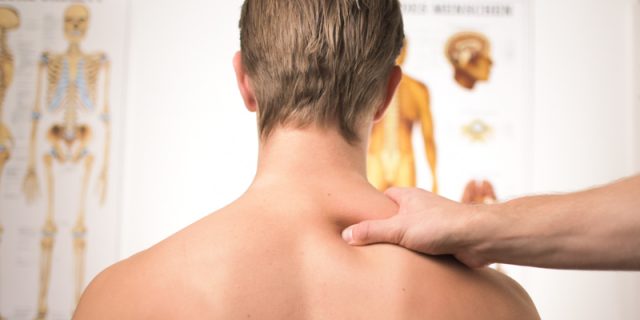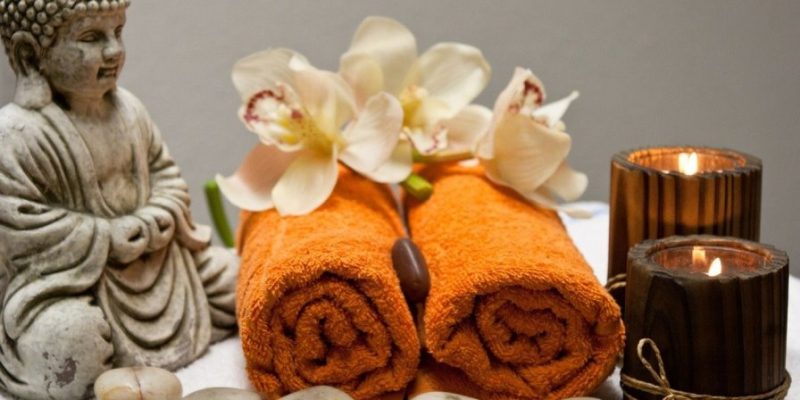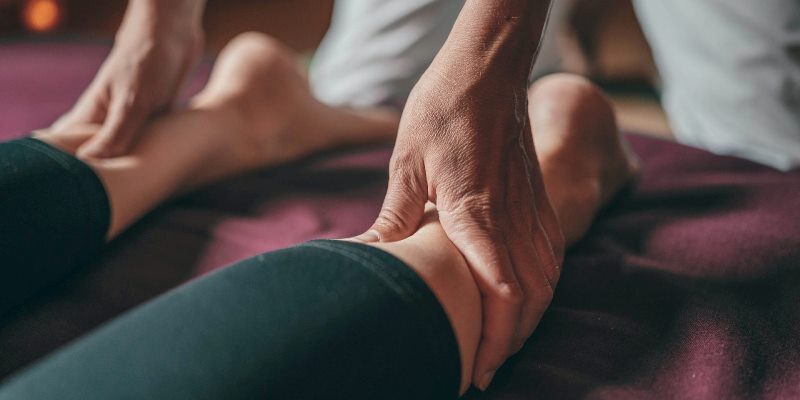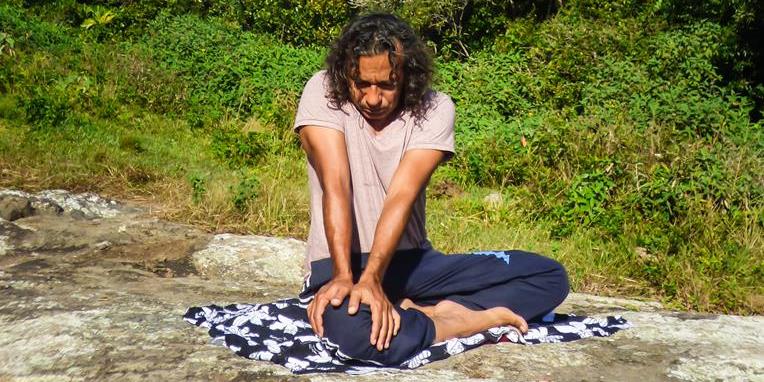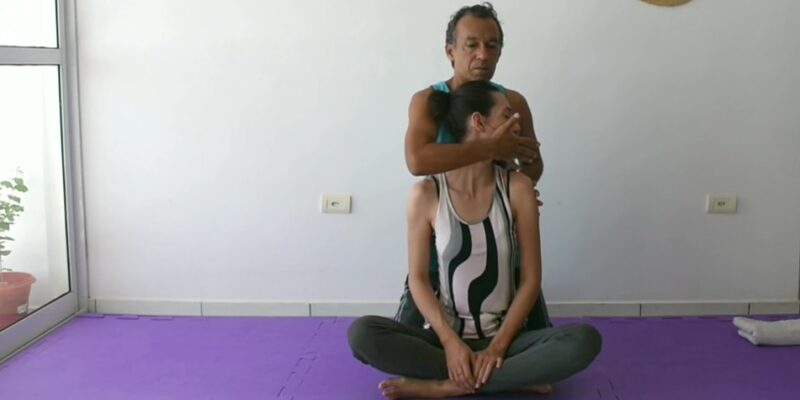
In a certain sense all Thai Massage sessions are therapy sessions. But we — Thai Massage therapists — don’t always start with this particular aim. It’s often something that comes up during a session. The need appears. It shows itself.
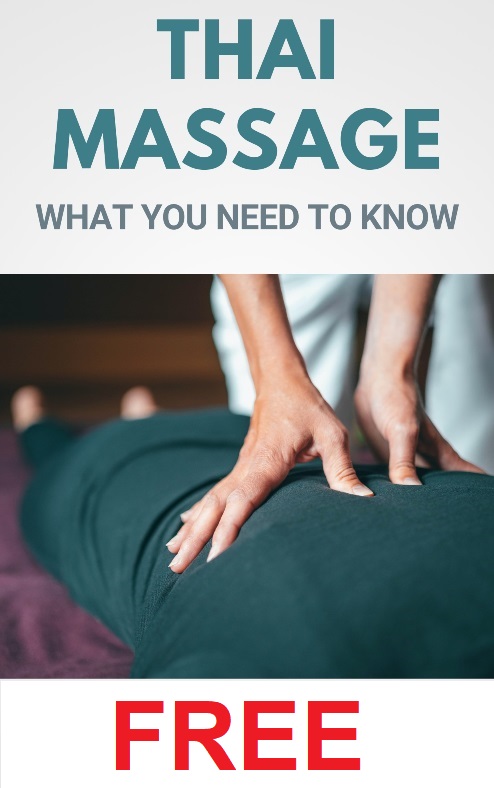
A Thai Massage therapist is not a medical doctor, and people don’t always seek us out because of a direct healing demand. Yet, it’s something that can develop. When during sessions we point out what their health problems may be, where they perhaps originate, we can gain their trust to start giving therapy.
With consent from our clients, we can start working more focused. Sure, we also get clients with a particular request: a shoulder problem, a back problem, a hip problem, and so on. That’s fine. But even then, a Thai Massage session is always a full body session. That’s our starting point. Work holistically. To feel, to sense, the whole, and then act. We do the whole thing. Head to toes. With a certain focus on “issues,” if appropriate.
In Thailand, the therapy scenario is in a way quite different. People might go to a Traditional Thai Medicine Hospital, which includes herbs and nutrition, Buddhist Medicine, and Thai Massage. One goes to a Thai Medicine doctor for analysis and diagnosis, who then prescribes the treatment consisting of a blend of herbal/food treatment, massage treatment, and spiritual guidance.
In the West, this is actually quite similar, but generally not in a holistic manner: we take a certain nutritional diet and medicines, we visit a psychoanalyst, and we do some bodywork, fitness or sports. Seen like this, Eastern or Western approaches are not that different. The difference is that the Western approach is often fragmented. We often don’t notice or even engage in the holistic aspect.
It’s a thing I do discuss with my clients. For instance, if they want to get rid of the rounded shoulder, I also urge them to change their working environment. To work differently. Urge them to change a repetitive, harmful posture. Maybe even to change the job. Only massage and bodywork will not solve their problem structurally.

But it’s also about nutrition. Do you eat, do you take the stuff that is good for you — food that doesn’t harm you? And it sometimes also means solving emotional or social issues. And maybe even changing an unhealthy living environment. Let’s say, perhaps getting out of this daily three hour traffic jam or moving to another city, village, or house.
You know, it’s this that is sometimes frustrating. People find it hard to change. And it is. It means sacrifices, setting priorities, and “paying a price.” Sometimes I doubt the effectiveness of the treatments I give. Because it’s a holistic thing to get better. To improve our well-being. One can not expect the therapist to help solve problems if other harmful influences continue. It’s something the client should participate in actively. Changes need to be made in various aspects of life.
The only comfort I have is that I can tell all this to my clients. I can help make them conscious of what it’s about. And I can give them a start. Help them to help themselves. Let them feel the difference. A lot more I can’t do. I can only show. And perhaps be an example myself. With my lifestyle. That’s the least I can do — show. And in some way try to live what I preach.









